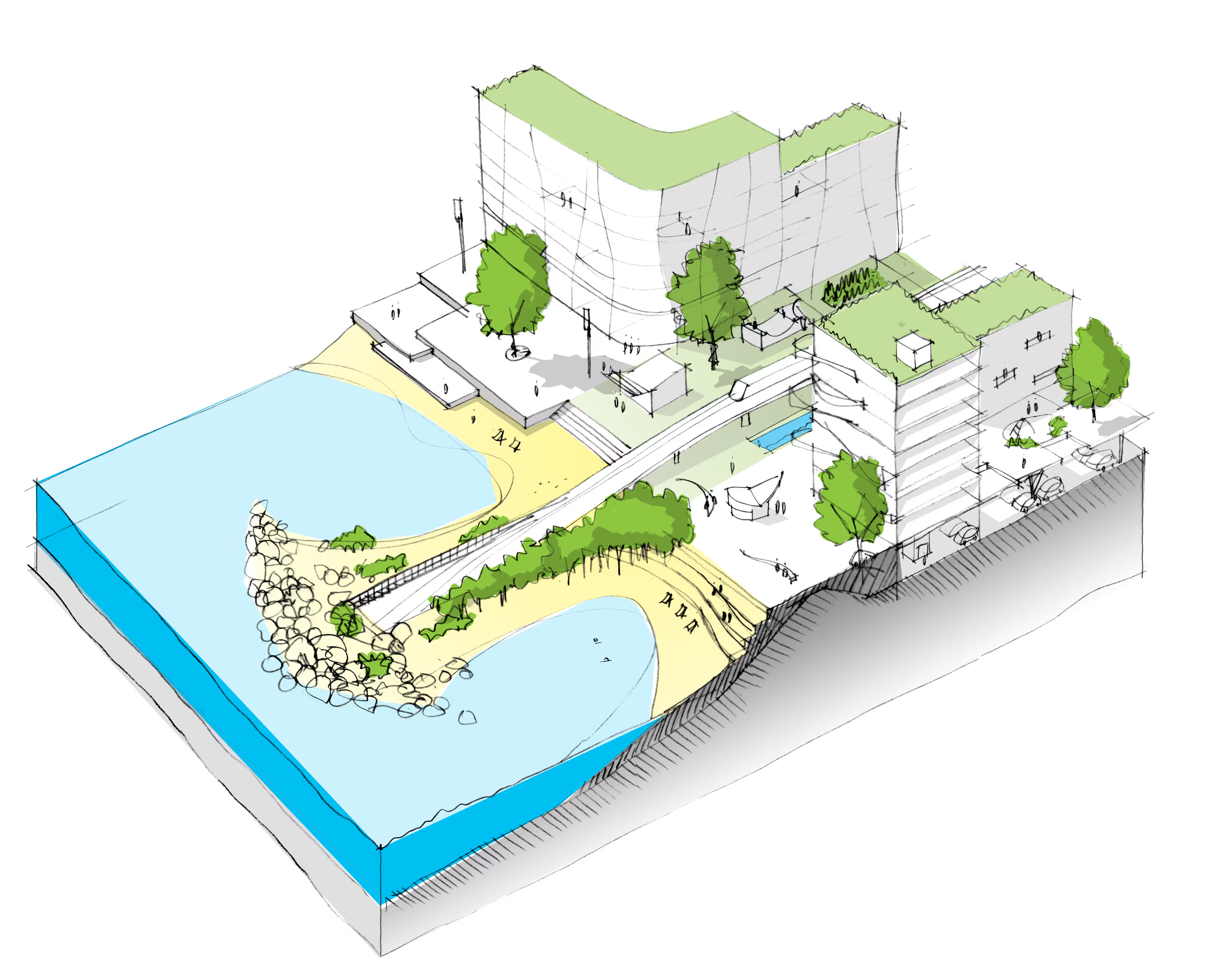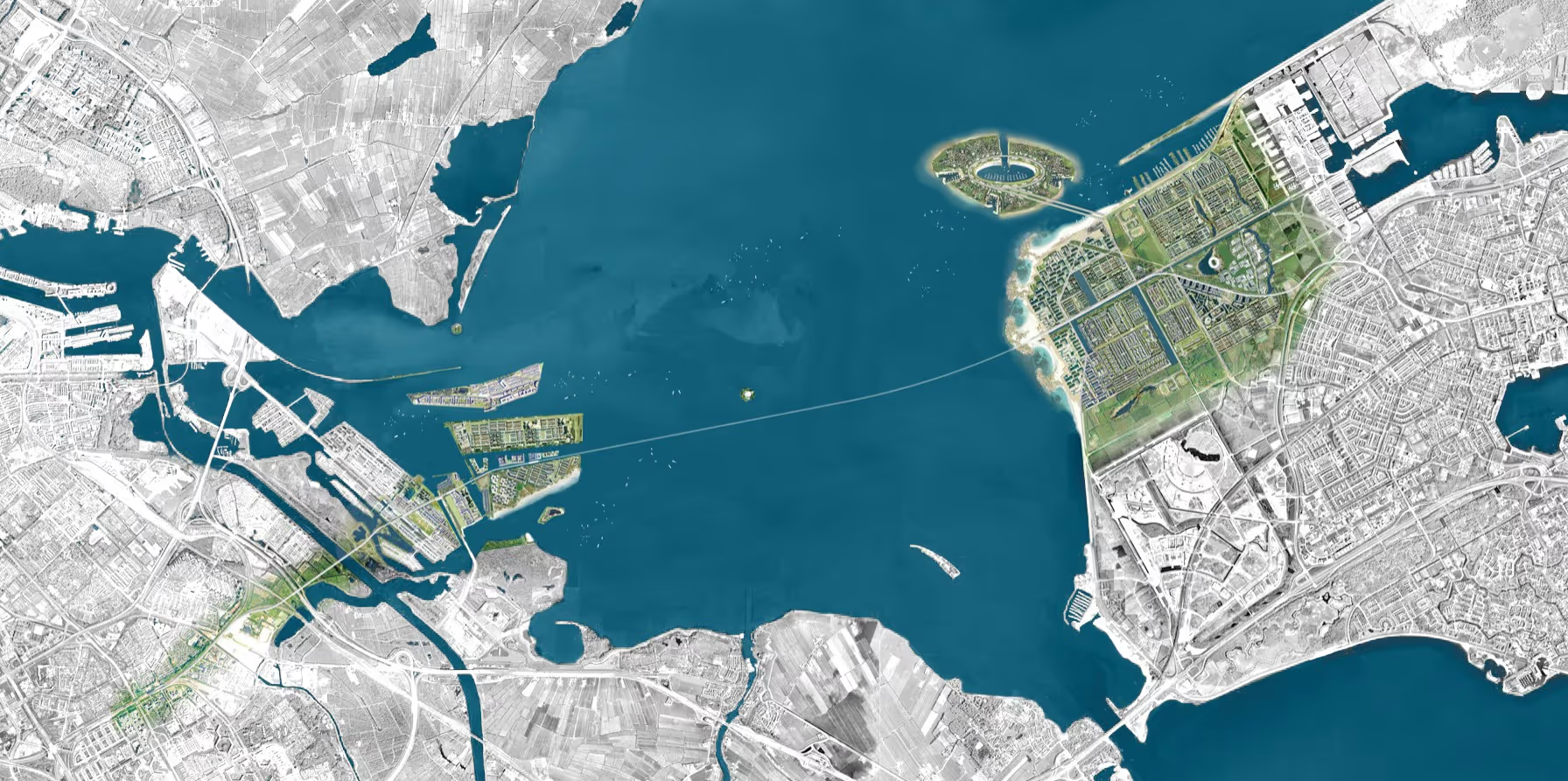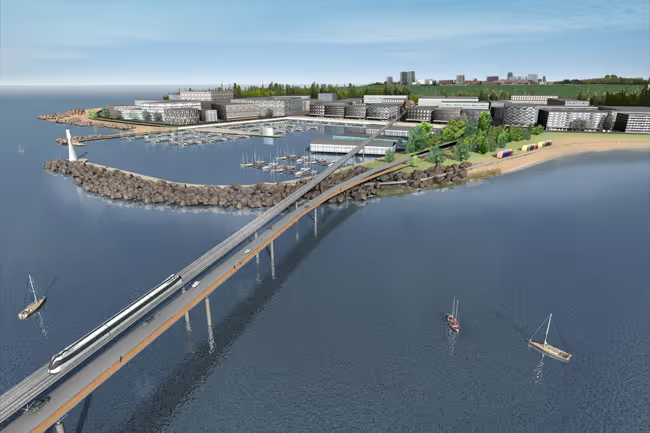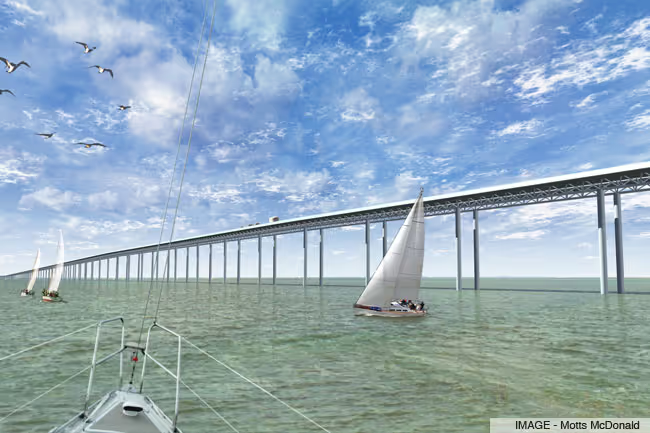Background
A visionary infrastructure and urban regeneration project, the Almere–Amsterdam Metro Link aims to connect eastern Amsterdam with Almere through a new 20km metro line — unlocking the development of over 25,000 new homes and establishing a sustainable model for future growth in the Netherlands. Commissioned by the Operating Company Almere Amsterdam (WAA), and developed by an international consortium led by Mott MacDonald Netherlands, with BACA architects as key design partners, the project responds to the pressing need for high-quality,climate-resilient urban expansion. Similar in scale and ambition to London’s Crossrail, the scheme integrates transport, ecology, and architecture to support new waterside communities while preserving the delicate landscape of the IJmeer lake.


%2002.avif)



02.avif)
%2002.avif)


%2002.avif)
